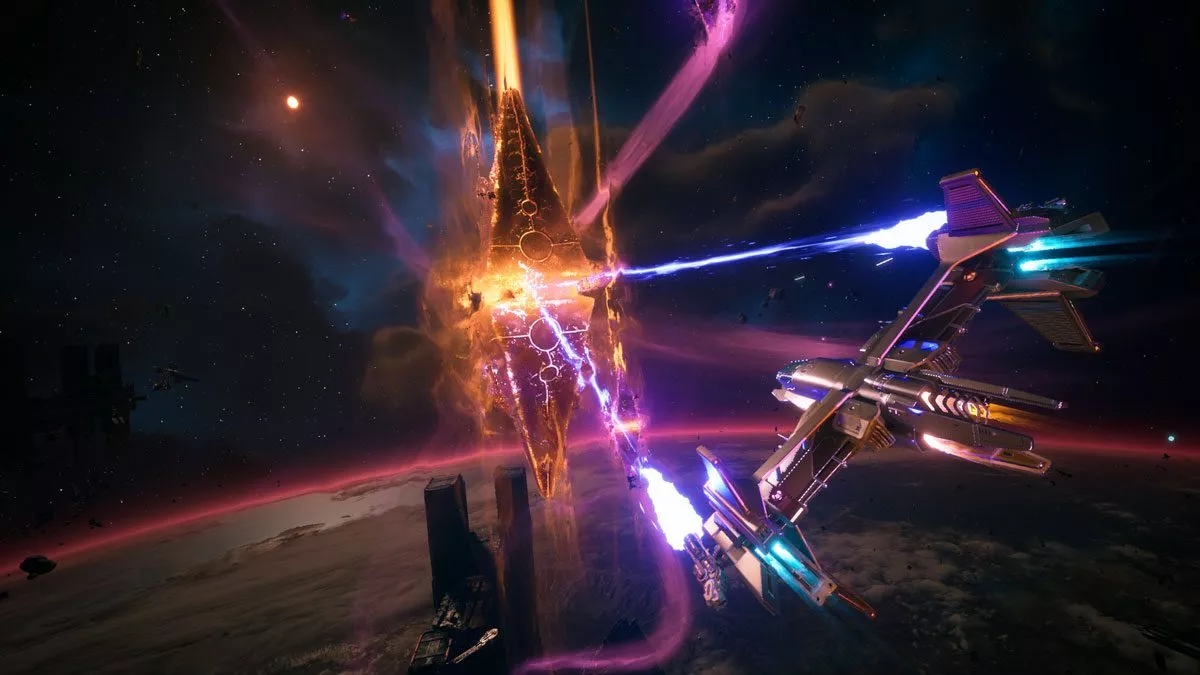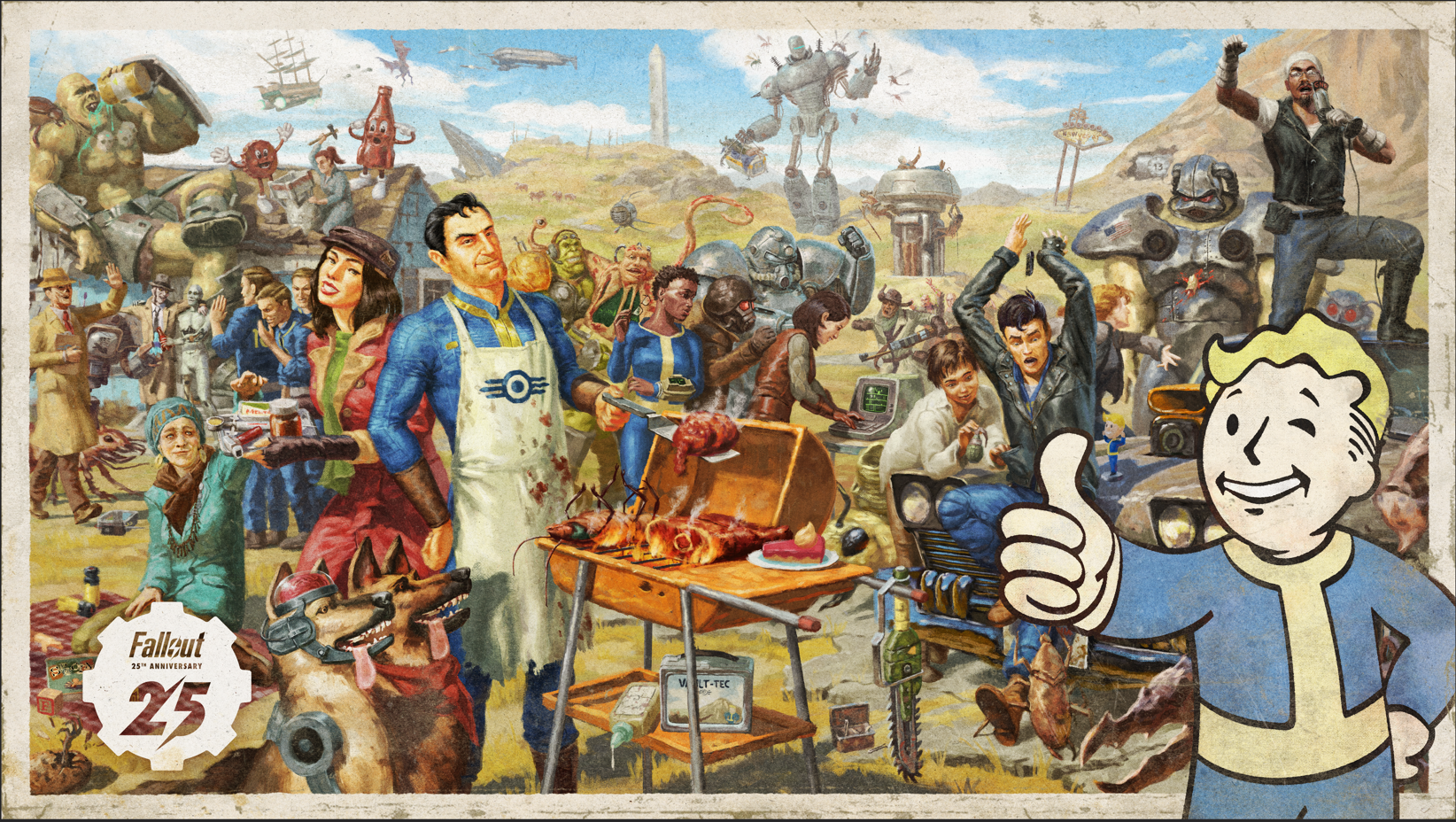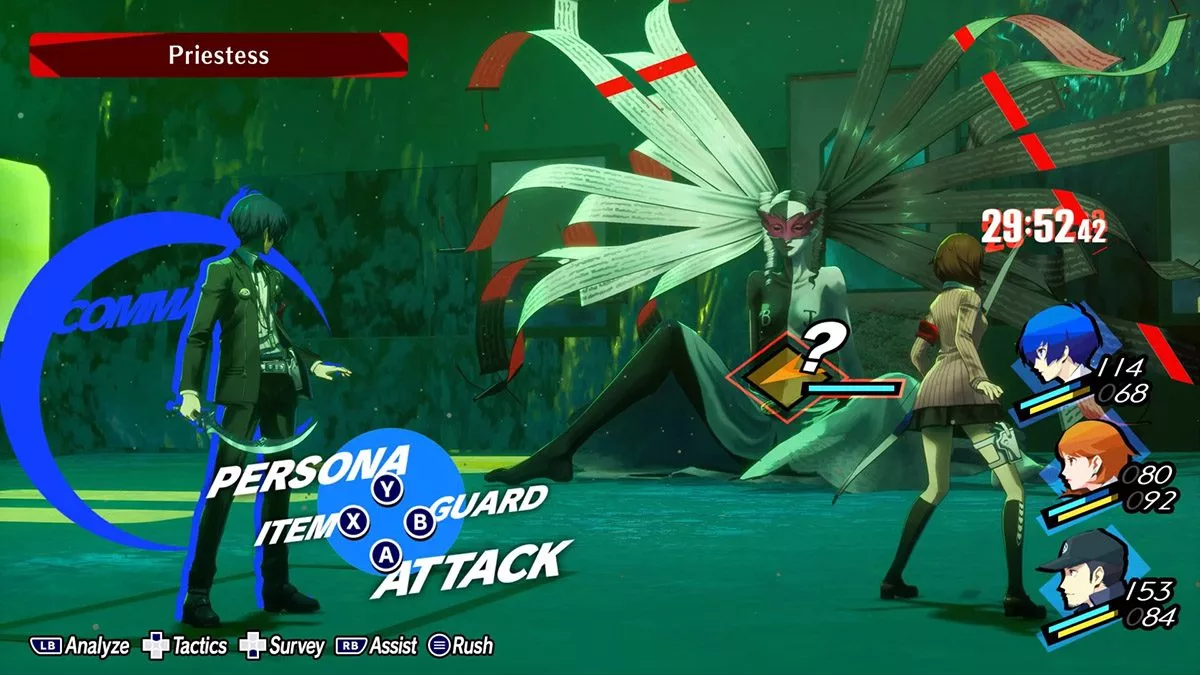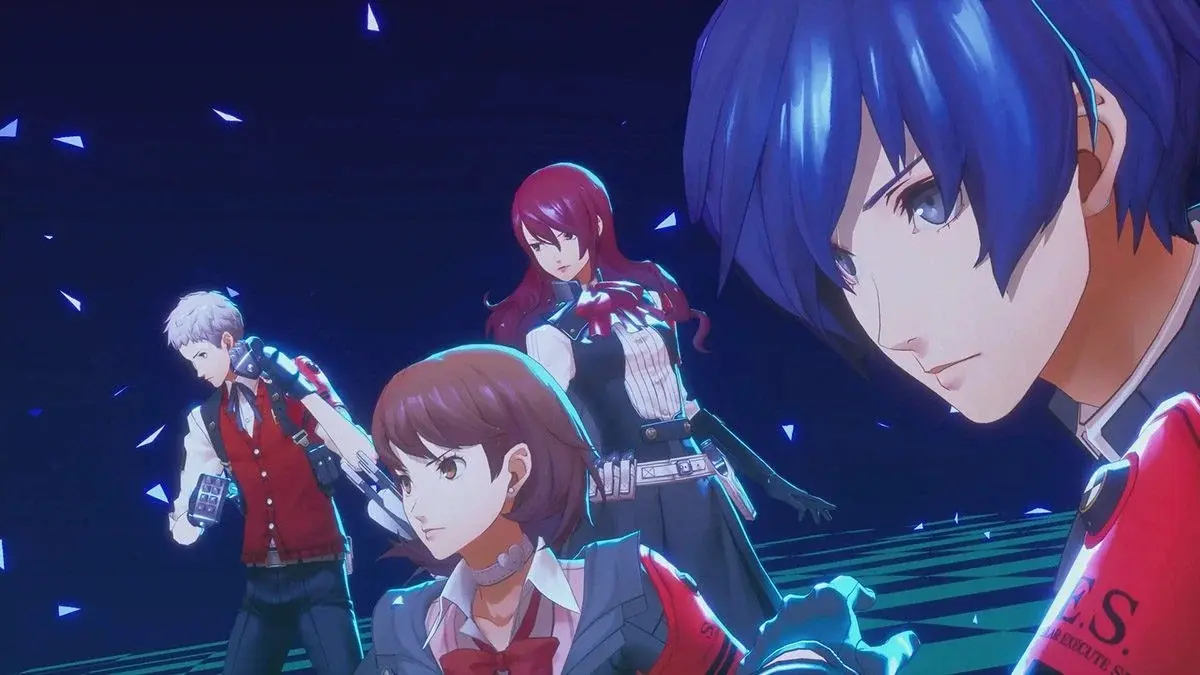Evoker? I barely know her.
In recent years, the Persona series has grown dramatically in popularity, shifting from an underappreciated gem to a globally recognised powerhouse – largely thanks to the runaway success of Persona 5. While P5 has been released on almost every modern gaming system across the vanilla release and the later Persona 5 Royal expanded edition, its predecessors have been less prolific until their recent Switch release; Persona 4 arrived in 2008 on PS2 followed by its Golden update on Vita in 2013. Persona 3 is a whole other story.
Originally released on the PS2 in 2006, Persona 3 went on to spawn two separate updated versions of the core game: Persona 3 FES on the PS2 in 2007, and then Persona 3 Portable on the PlayStation Portable in 2009. FES (short for Festival) was a Royal-esque updated version of the original, adding new content and tweaks in the base story plus a new epilogue story focusing on party member Aigis. By comparison, Persona 3 Portable did not include this new epilogue, and replaced free-roaming environments with navigation by menus in order to fit the game on the petite handheld system. As a trade-off for sacrifices made however, Portable included the new option of a much-beloved female protagonist, an alternative to the male lead of the original game with all-new Social Links and story content.
Persona 3 Reload adds a third branch of the Persona 3 family tree, taking elements from its predecessors as well as learning lessons from the later games in the series. Social Links from FES are included that never made it to the popular Portable version, and story adjustments from Portable inform the new translation in Reload — but our blue-haired bro is the only option for party leader this time around.
At its core, Persona 3 Reload is a story about a transfer student finding his place at a new school. The protagonist – semi-officially known as Makoto Yuki, but really whatever you want – has just arrived at Gekkoukan High School, unaware that the school and the city of Tatsumi Port Island around it are besieged by both a mysterious illness and metaphysical threats. Almost immediately, Makoto learns of a strange phenomenon occurring across the city; an extra hour has appeared in the space between one day and the next… And when the clock strikes midnight? Things get WEIRD.
Every night, the world shifts into the mysterious “Dark Hour”. The city twists and contorts, most people disappear only to be replaced by ominous coffins, monstrous Shadows stalk the city, and what was once Gekkoukan High becomes a looming, misshapen tower known as Tartarus. After learning Makoto is able to remain awake during the Dark Hour, he’s recruited by a “school club” called the Specialised Extracurricular Execution Squad, aka SEES. These Dark Hour-immune students all have the ability to summon their own Persona, a powerful entity derived from their psyche and brought into the real world to help them fight the Shadows and protect the city. They make it their mission to destroy the Shadows, investigate the tower that appears each night, and bring an end to the Dark Hour for good.
Everything about Persona 3 Reload is tinged with darkness; while the two games that followed it are no strangers to drama, Reload hews a lot closer to the darker, ‘edgier’ energy of the Shin Megami Tensei games that Persona spun off from. Nowhere is this clearer than the fact that the members of SEES use a device called an Evoker to summon their Personas, conveniently shaped like a gun that they have to point at their own head. It might be laying it on a little thick, sure, but even then the game makes it look COOL anyway. Every moment is about visual flair, and Makoto awakening to his Persona is a very early standout.
Much like other titles in the Persona series, Reload sees you splitting your time between managing your everyday school life, and the combat-focused dungeon exploration of Tartarus. During the days you’ll answer questions in school, make friends to spend time with, hang out at various locations around the city and every now and then even study at home. During the Dark Hour, your Social Links help you create stronger Personas; you can improve your skills and stock up on items to support your runs in Tartarus, and your dungeon runs result in trinkets you can sell later to fund your fun around Tatsumi Port Island. Every part of the game is designed to benefit you in another way, with systems feeding into other systems. While there are certainly “optimal” ways to play and ensure you do absolutely everything, it’s just as fun to go around spending your time how you please – because the game will never make it feel like time wasted or a “wrong” choice.
One big thing that sets Persona 3 Reload apart from the more widely-known Persona 5 is its dungeon structure. While each of 5’s Palaces were a curated, specially designed dungeon, Tartarus changes every time you visit. More akin to Mementos, each of Tartarus’ floors are randomly generated each time. Certain floors are always the same, like fast travel checkpoints and floors with boss Shadows, but everything in between is a mystery until you walk in. While the original sometimes gets a bad rap for these floors being boring and boxy, Reload infuses them with a lot more character than the basic polygons of yesterday. While noticeably made up of interlocking room templates, the game adds depth and life to each with moving parts, or hollow walls showing an Escher-esque mess of building pieces just beyond your path.
You’ll also encounter a random assortment of treasure chests and smashable Shadow fossils that can drop items or cash, which help ensure that you never feel like your time is wasted exploring each floor instead of charging upwards. Reload even adds a new element with locked chests that can only be opened using Twilight Fragments, a consumable similar to the lockpicks of Persona 5. It’s a great bit of item economy in action, weighing up whether to grab a one-Fragment chest when you see it – or save up just in case there’s a multi-Fragment lock ahead with better loot to offer. It’s a tantalising loop, and I immediately found myself spending an unbroken hour or two climbing Tartarus in a very enjoyable flow state. This is RPG grinding at its finest, and a great “podcast game” to keep your hands busy while listening to something else.
A lot of this joy comes from the new changes to the game’s combat system. The core of Persona 3’s original combt remains; hit an enemy’s weakness and you’ll knock them down, earning a “One More” attack to continue your streak. Knock all your foes down and you can trigger an All-Out Attack, doing major damage to the lot with your entire party. Added to this are new skills, too – from the start, you can Shift your One More attack to another party member instead, letting you bounce around and use everyone’s skills to hit weaknesses or squeeze in a quick heal. Each party member also has a Theurgy skill, a unique super attack that’s charged by using each party member in a specific way. Yukari’s bar fills by using her healing abilities, while Makoto’s is charged by switching between his different Personas. Not only does this expand your repertoire for destruction, it can also guide you on how best to utilise each character in a fight.
Now, it may seem like this is a lot of comparing Reload to Persona 5, but it’s with good reason; Persona 3 Reload is taking full advantage of lessons learned in the series’ latest entry. Every part of the game OOZES style, but with a completely different tone than its younger sibling. With major enemies being themed on the Arcana of a tarot deck, everything about the interface of Reload has an air of mysticism and magic, from the gorgeous in-game menus to the floating Tarot cards above the heads of your Social Link friends. The heavy blue tones feel a lot more laid back than the stark reds of Persona 5, reflecting the difference between the flashy Phantom Thieves versus the secret nature of SEES’ work in the Dark Hour. It’s great to see that same level of artistic flair taken in a whole new direction with just as much confidence, and has me actively hungry for a Persona 4 Golden-er Golden someday.
Persona 3 Reload is the best kind of remake: it honours the core of what makes the game great, but isn’t afraid to modernise the experience at the same time. It’s nostalgia done well, because it plays onscreen the way the original felt in my memory (without having to squint at a 4-inch PSP screen). It’s honestly a joy to see a game I loved brought to a whole new audience, while still giving me a deluxe version of something I already know I’ll enjoy. While it may not include every ingredient that every version of Persona 3 has ever had, it’s a confident and complete version all its own – and I can’t wait to keep climbing that tower.
Persona 3 Reload was reviewed using a promotional code on PS5, as provided by the publisher. Click here to learn more about Stevivor’s scoring scale.
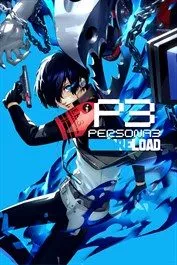 |
Persona 3 Reload2 February 2024PC PS4 PS5 Xbox One Xbox Series S & X
|
This article may contain affiliate links, meaning we could earn a small commission if you click-through and make a purchase. Stevivor is an independent outlet and our journalism is in no way influenced by any advertiser or commercial initiative.


